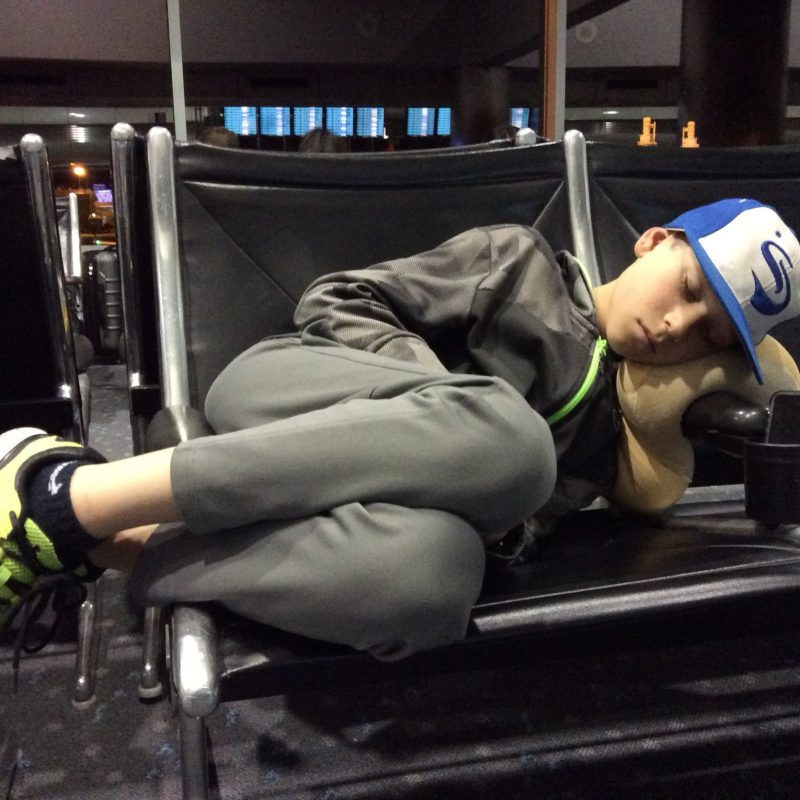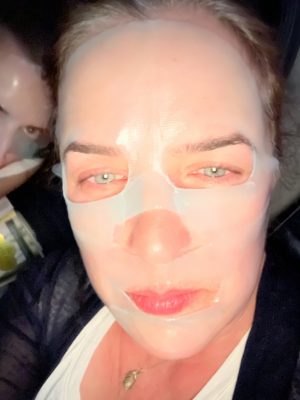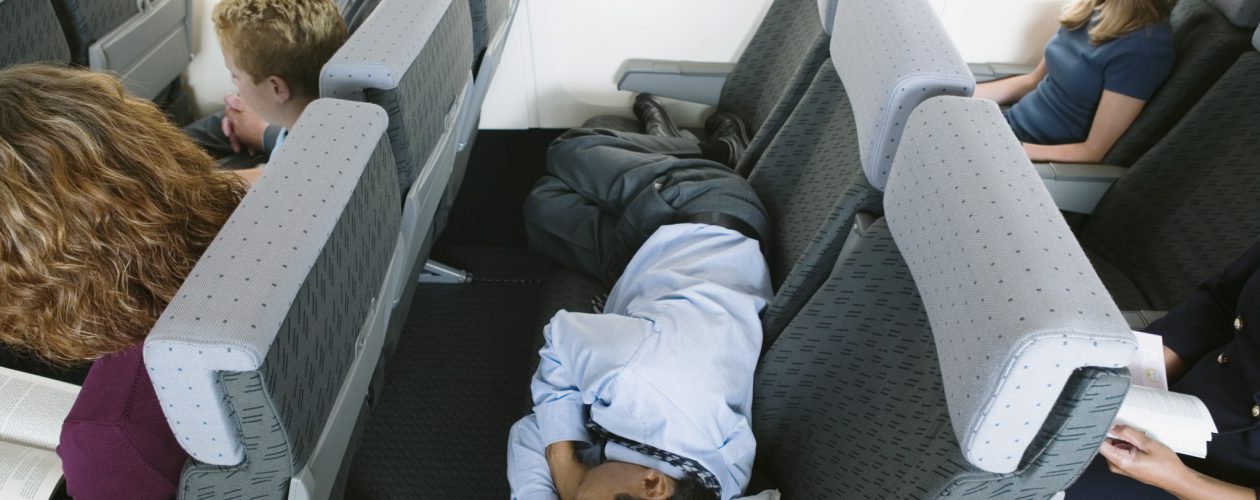As we start thinking about our own adventures in Africa this year, we get just as excited as you do. Since we’re already comparing notes, tricks, and gadgets for getting to Africa in good shape and good spirits, we’ve decided to share them here with you.
1) Be rested and healthy. Good physical conditioning will help you cope better upon arrival. For good measure, Yvette swears by a regimen of Airborne or other immune boosters before departure.
better upon arrival. For good measure, Yvette swears by a regimen of Airborne or other immune boosters before departure.
2) Not the most popular suggestion by far, but try to avoid alcohol and caffeine. They cause dehydration, disrupt sleeping schedules, and trigger nausea and general discomfort.
3) We can all agree on this one though: Wear comfortable shoes and clothes. Nothing should pinch, restrict, or chafe, and as on safari, layering is the key to comfort.
4) Hydrate, hydrate, hydrate. Drink plenty of water to counteract the effects of the dry atmosphere inside the plane.
5) Moisturize, moisturize, moisturize. Carry skin lotion, nasal spray, eye drops and a facial spritzer. Victoria resorts to an inobtrusive, nourishing face mask on overnight flights.
6) She also highly recommends compression socks and a foot hammock which hangs from your tray table to let you tuck up your feet. They are game changers for feeling more refreshed on arrival.
7) There are all kinds of travel pillows to avoid a crick neck. The TRTL is a firm favourite, although Yvette is determined to try the kind that allows you to lean forward (over the tray table) this time.
is a firm favourite, although Yvette is determined to try the kind that allows you to lean forward (over the tray table) this time.
8) Susan believes in setting your watch to your destination time zone as soon as you board the flight, and if you arrive at dinner time, have dinner. If you arrive at night, go to bed. If you arrive during the day, go outside. Sunlight cues your hypothalamus to reduce the production of sleep-inducing melatonin during the day.
9) Vanessa chooses aisle seats that make it easier to move around on the plane, because remaining active wards off stiffness and promotes mental and physical acuity which can ease the symptoms of jet lag.
Of course – the secret to finding the quickest flights and the best seats, is to book early. Airlines open flight schedules approximately 330 days prior to departure. With such a limited number of direct flights to Africa, it is well worth having your land arrangements in place by then, and as always, we look forward to helping you with that!
